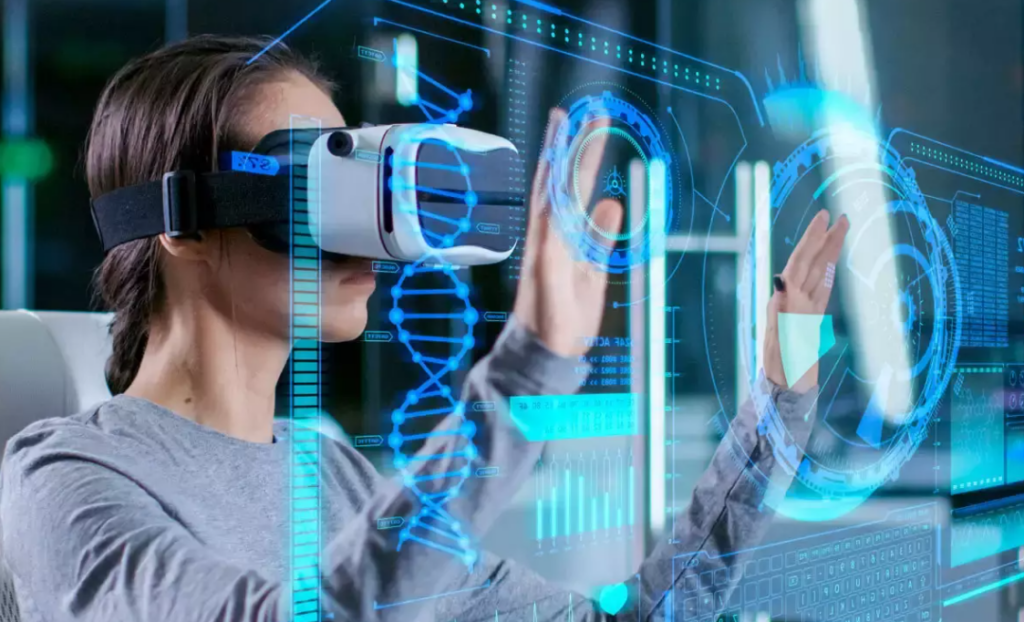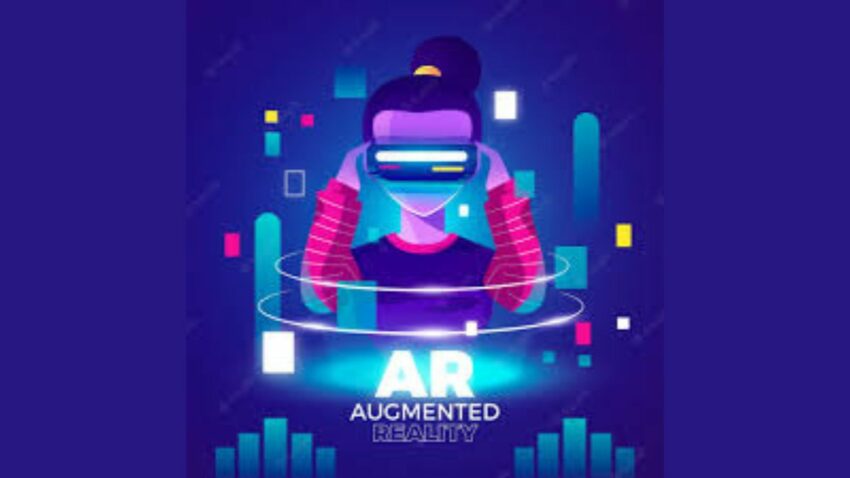Technology is assisting businesses in a variety of ways. Virtual reality and augmented reality are developing technologies that are gradually altering the way we interact with our surroundings. The utility has touched all types and sizes of enterprises.
Statista predicts that the market for augmented, virtual, and mixed reality will reach $30.7 billion in 2021 and close to $300 billion by 2024.

Virtual and augmented realities facilitate the development of new products and services by enhancing their attractiveness to customers. It helps increase consumer and staff engagement, hence boosting service quality and fostering a stronger connection between people and objects.
The value of augmented and virtual worlds is growing in the construction, real estate, and manufacturing industries. These have resulted in several advantages, including the opportunity to cut travel expenses and save time and money. There are also several training programs geared to teach firms how to properly implement these technologies.
Here are four ways virtual and augmented reality may assist Indian enterprises in achieving worldwide prominence:
Training and Education
Virtual reality (VR) and augmented reality (AR) may be utilized for staff training and customer education. For instance, VR may imitate actual work conditions, allowing employees to practice and acquire new skills in a safe, supervised environment. AR can augment the actual environment with information and instructions, making it easier for employees and consumers to learn about and comprehend new goods and services.
Product Visualization and Design
AR can assist firms with product visualization and design. For instance, it may be used to superimpose virtual prototypes onto real-world situations, helping designers to better comprehend the appearance and functionality of the final product. This can accelerate the design process and increase the end product’s quality.
Marketing and Advertising
Virtual reality and augmented reality may produce immersive and compelling marketing and advertising experiences. VR can construct virtual showrooms and product demos, for instance. AR, on the other hand, enables the creation of interactive advertising that superimpose information and animations on the real environment.
E-commerce and Retail
VR and AR can improve the experience of e-commerce and retail. VR can construct virtual showrooms and product demos, for instance. AR, on the other hand, enables the creation of interactive advertising that superimpose information and animations on the real environment. This can promote consumer engagement and boost revenue.
Noting the aforementioned instances of how VR/AR might aid Indian enterprises is important. Like with any new technology, the success of deployment and returns is largely reliant on factors such as the business sector, target audience, existing infrastructure, and the organization’s capacity to adapt to and maximize the technology.

